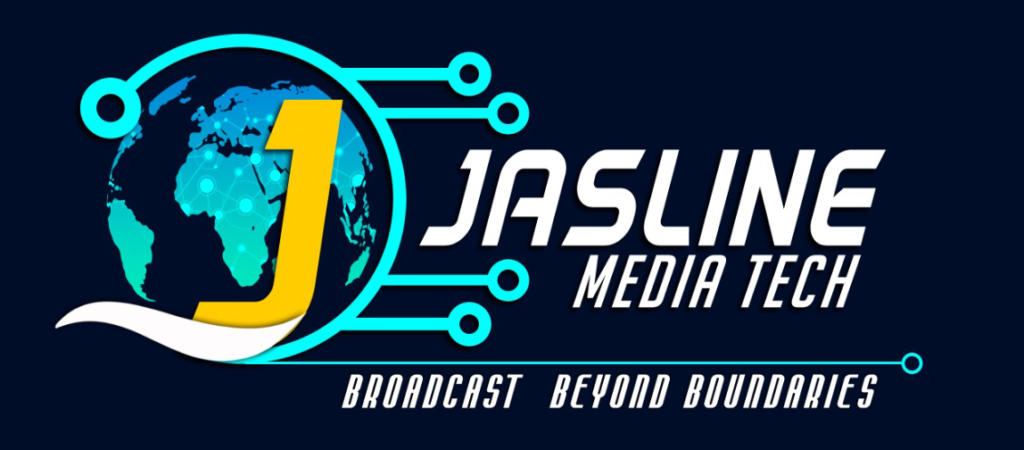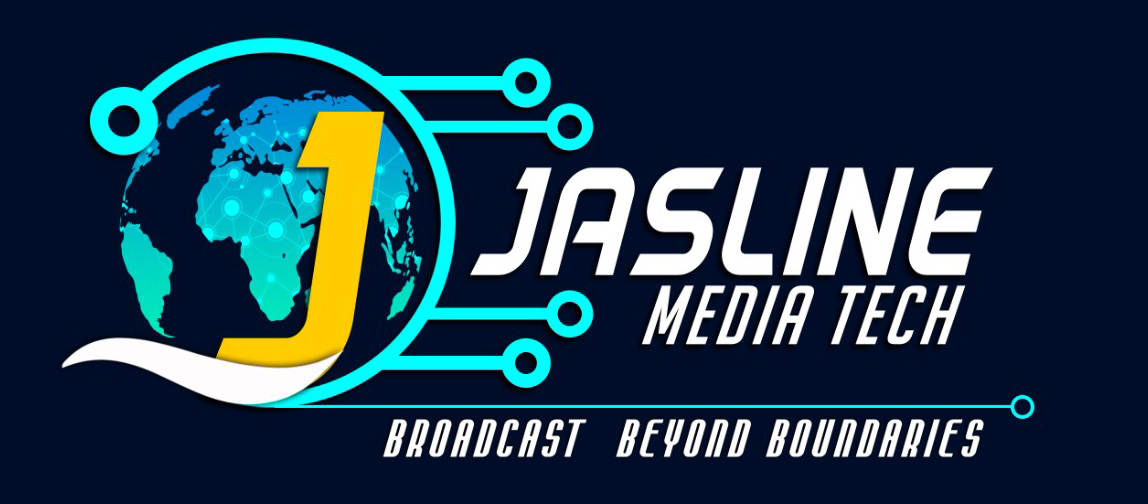Setting up a local broadcasting channel in India involves several legal, technical, and financial considerations that are specific to the country’s regulatory framework and market. Here are the key steps and requirements for setting up a local broadcasting channel in India:
1. Legal and Regulatory Compliance
- Ministry of Information and Broadcasting (MIB): In India, the Ministry of Information and Broadcasting (MIB) is the primary regulatory body for broadcasting. You’ll need to apply for a broadcasting license through the MIB to operate a TV or radio channel.
- Broadcasting License:
- For TV Channels: You must apply for an uplinking/downlinking license if you plan to transmit signals via satellite. For local cable TV, you will need a cable TV license from the MIB.
- For Radio Stations: If you are setting up an FM radio station, you’ll need to apply for a license through the FM Radio Licensing Policy under the MIB. The process typically involves a bidding system for frequencies.
- Copyright Compliance: You must secure the necessary licenses for broadcasting copyrighted content (e.g., music, movies, TV shows). The Phonographic Performance Limited (PPL) and Indian Performing Right Society (IPRS) are organizations that manage music licenses.
- Wireless Planning and Coordination (WPC): If you’re using radio frequencies, approval from the WPC under the Department of Telecommunications (DoT) is required for frequency allocation.
- TRAI (Telecom Regulatory Authority of India): TRAI regulates pricing and ensures fair competition in the broadcasting sector. Depending on your broadcasting type, you may need to comply with regulations related to tariffs and content standards.
2. Broadcasting Equipment
- Transmitter and Antenna: For TV and radio broadcasting, a high-quality transmitter is essential to send out your signal. The power and capacity of the transmitter will depend on the area you intend to cover.
- Studio Equipment:
- For TV: Cameras, lighting, editing systems (e.g., Final Cut Pro, Adobe Premiere), switchers, and graphics generators.
- For Radio: Audio mixing boards, microphones, audio servers, and recording software.
- Signal Distribution: If you plan to broadcast on cable, you will need a distribution system for transmitting your signal to local cable providers.
3. Studio and Production Setup
- Studio Space: A location for producing and broadcasting content, including recording and editing areas.
- Technical Setup:
- Video recording and editing systems (for TV).
- Audio recording and editing systems (for radio).
- High-quality cameras, microphones, and sound equipment.
- Production Team: Skilled professionals, including directors, producers, camera operators, audio engineers, content creators, and editors.
4. Content Creation and Programming
- Programming Plan: Define the type of content you will produce (local news, entertainment, education, community events, etc.).
- Talent: Hire on-air talent (anchors, radio hosts), writers, and editors.
- Programming Schedule: Plan the schedule of content for different time slots. For radio, you may need to develop both live programming and pre-recorded shows.
5. Transmission Infrastructure
- Broadcast Tower: If you’re broadcasting over the air (for TV or FM radio), you need a transmission tower with an antenna to broadcast your signals.
- Cable TV Network: If you’re using cable, you’ll need to connect to the local cable network. Some channels rely on Digital Cable TV or IPTV for better reach.
- Satellite Uplink (optional): For wider coverage or national reach, you may need a satellite uplink to transmit signals. This requires additional licenses and infrastructure.
6. Internet and Streaming Capabilities (if applicable)
- Website or App: For online streaming, you will need to set up a platform (website or mobile app) to stream content.
- Streaming Equipment: You’ll need to invest in an encoder and streaming server for broadcasting over the internet.
- Bandwidth: Sufficient internet bandwidth is required for streaming high-quality content.
7. Funding and Financial Management
- Initial Investment: Broadcasting equipment, licensing fees, and studio setup can be capital-intensive. It’s important to have adequate financial planning and funding.
- Revenue Models:
- Advertising: Local advertising will be a key source of income. Ensure you have a marketing and sales team to attract advertisers.
- Subscription/Pay-per-view: Some local channels also offer subscription-based models, especially for niche content.
- Grants and Sponsorships: Local governments or organizations may provide grants for educational or community-based content.
8. Marketing and Audience Engagement
- Branding: Develop a strong brand identity for your channel, including logos, theme music, and overall visual identity.
- Promotion: Use local media, social media platforms, and offline promotions to build an audience.
- Audience Interaction: Engage with your viewers through social media, live call-in shows, or feedback forms.
9. Technical Support and Maintenance
- Technical Team: Ensure you have a technical support team to handle equipment, transmission, and other technical issues.
- Maintenance: Regular checks of your equipment and infrastructure to ensure smooth operations.
10. Compliance with Local Content Regulations
- Content Regulation: Ensure your broadcasts comply with content regulations set by the Ministry of Information and Broadcasting. This includes guidelines on content related to violence, obscenity, and political neutrality.
Key Considerations in India:
- Local Broadcasting vs. Satellite Broadcasting: Local broadcasters may choose between terrestrial broadcasting (using radio towers) and satellite broadcasting, depending on their reach and audience needs.
- DTH (Direct-to-Home): If you plan to use DTH platforms for TV, you need to comply with TRAI regulations and work with operators to distribute your channel.
Starting a local broadcasting channel in India can be complex, but with careful planning, the right technical setup, and proper compliance with laws, it can be a rewarding venture.

